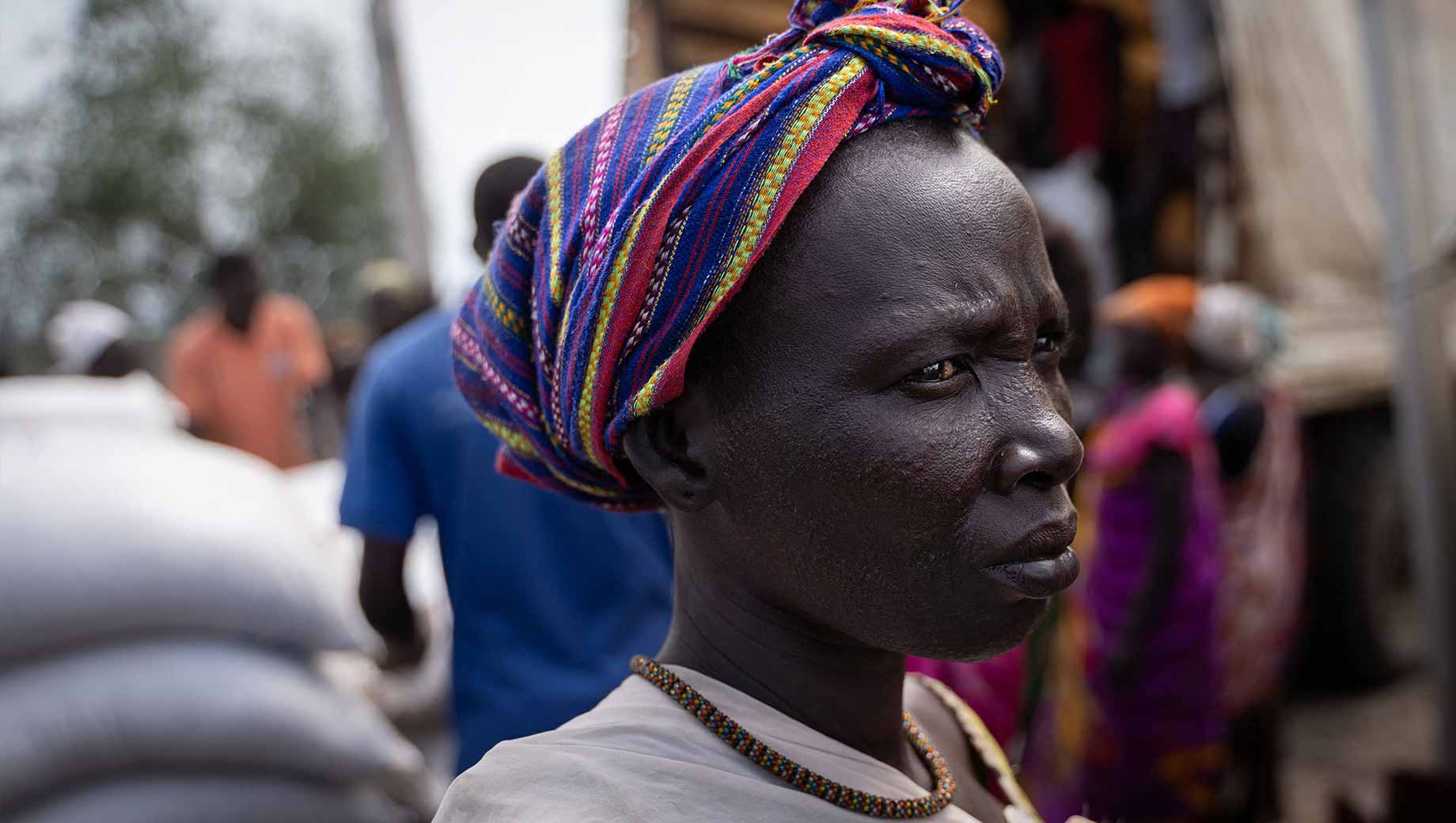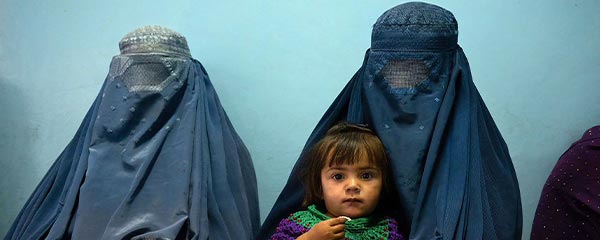As March ends, and an entire month focused on women comes to a close, results from the underscore growing inequities in health outcomes for half of the world’s population that deserve attention all year long.
The second administration of the global survey revealed sobering trends, including the finding that more women and girls were struggling to meet their basic needs in 2021 than in 2020. In 2021, more than one in three (37%) -- which represents nearly 1 billion women and girls worldwide -- said they did not have enough money at times to buy the food they needed. This percentage is up from 34% the year before.
Further, the trends show that women’s ability to meet their basic needs -- such as affording food -- fell, while men’s ability to do so did not change. Women were slightly more likely than men to say there were times in the past year when they did not have enough money to afford needed food (37% of women versus 33% of men). The increase aligns with United Nations research that shows women became more food insecure during the pandemic.
Women and men in 2021 were equally likely to be struggling to afford adequate shelter. Three in 10 (30%) -- about 800 million women and girls -- said they could not afford shelter at times. This is similar to the 29% who reported being unable to afford shelter at times in 2020.
These trends will be critically important to monitor in coming years because, of the factors that the Index finds are associated with women’s life expectancy at birth, meeting basic needs relates most strongly to how long a woman lives.
Women’s Ability to Meet Basic Needs Diverges Sharply by Country Income
The Hologic Global Women’s Health Index measures five key dimensions of women’s health that, when combined, explain 80% of the variance in women’s life expectancy at birth. The dimensions measured in the survey include preventive care, emotional health, opinions of health and safety, individual health, and basic needs.
Higher scores on the Index’s Basic Needs dimension of health mean fewer women report struggling to afford essential food and shelter. Globally, women scored lower overall on the Basic Needs dimension in 2021 (with a 66) than in 2020 (68).
Inequities on basic needs go beyond dimensions of gender and sex -- rather, women’s health outcomes are also situational and are driven by access, information and opportunity.
For example, where a woman lives in the world determines much about her health. Countries scoring at the top of the Basic Needs dimension of the Index are all high-income countries with female life expectancy of at least 82 years of age, while the bottom-scoring countries are lower-income and have life expectancies below the global female average of 75. At the same time, some high-income countries continue to struggle with meeting women’s basic needs: Nearly one in four women in the United States, for example, reported they could not afford food at times in the past year.
Rural Women, Those With Less Education Struggling More
The Index shows a growing divide in women’s ability to meet basic needs, depending on their own education levels. From 2020 to 2021, those with an elementary education or less saw their scores on the Basic Needs dimension drop by two points, while women with the highest education level saw their scores rise by five points.
Women with an elementary education or less are more than three times more likely to struggle with money for food compared with women with the highest educational attainment (48% versus 13%) and are 2.5 times more likely to struggle with affording shelter (38% versus 15%).
An urban/rural divide is also growing. From 2020 to 2021, women living in urban areas improved slightly on the Basic Needs dimension of health (from 72 to 74), while women in rural areas saw their ability to meet basic needs decline from 65 to 60. Women in rural areas are 1.5 times more likely than women in urban areas to say they did not have enough money for food for themselves and their families (44% in rural areas versus 28% in urban).
Bottom Line
In the 2022 edition of The State of Food Security and Nutrition in the World (SOFI) report, the U.N. reported that global hunger numbers rose to as many as 828 million in 2021. Of the social determinants of health, food insecurity has one of the most extensive influences. Adults who are food insecure have shorter lifespans, with a disproportionate risk of obesity and chronic diseases, including hypertension, diabetes, cancer and heart disease.
The Index’s stark statistics showing widening disparities between men and women in their ability to meet basic needs, particularly among the most vulnerable women, demonstrate an urgent public health issue for leaders to consider. People’s ability to take care of their own health -- whether it’s visiting the doctor, obtaining preventive care, and/or accessing maternal care -- is a high bar to achieve if an individual does not have adequate food to eat or a roof over their head.
The are based on interviews conducted with nearly 127,000 women and men in 122 countries and territories.




